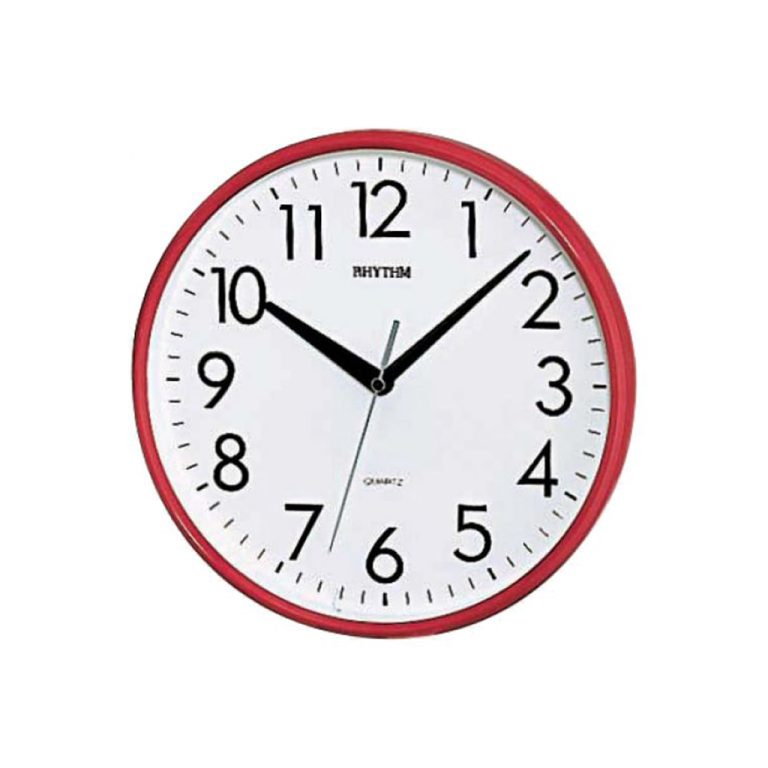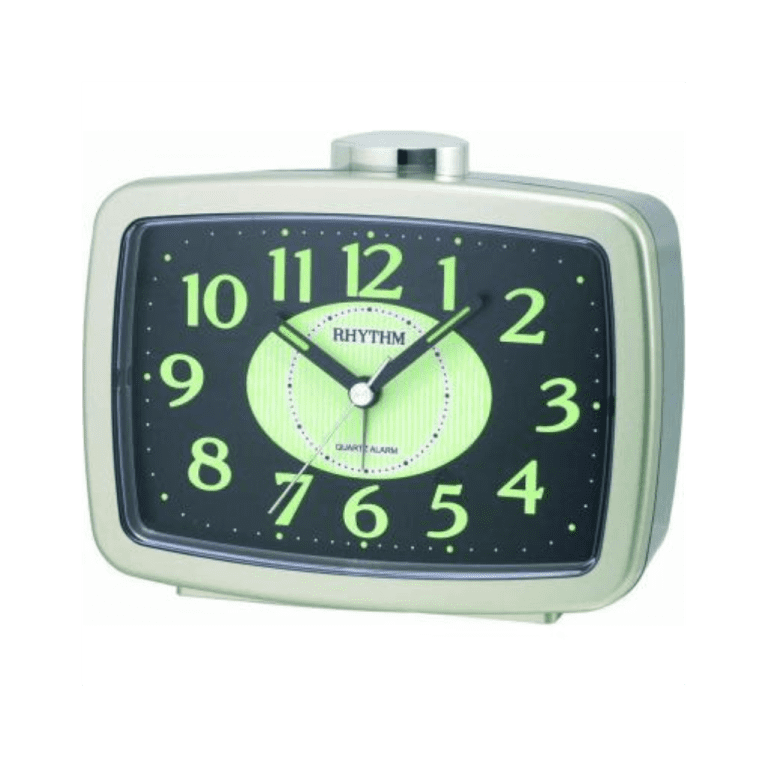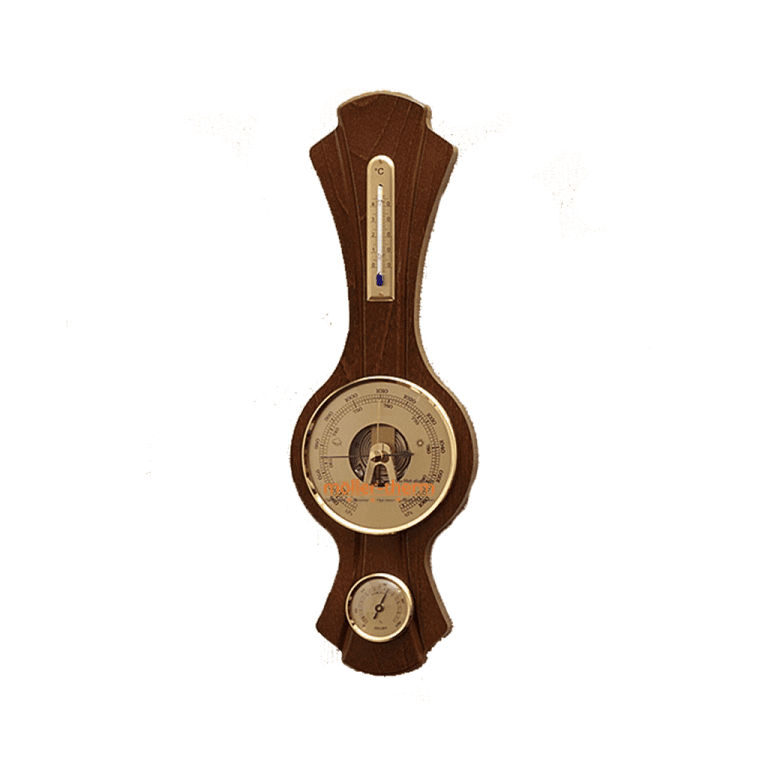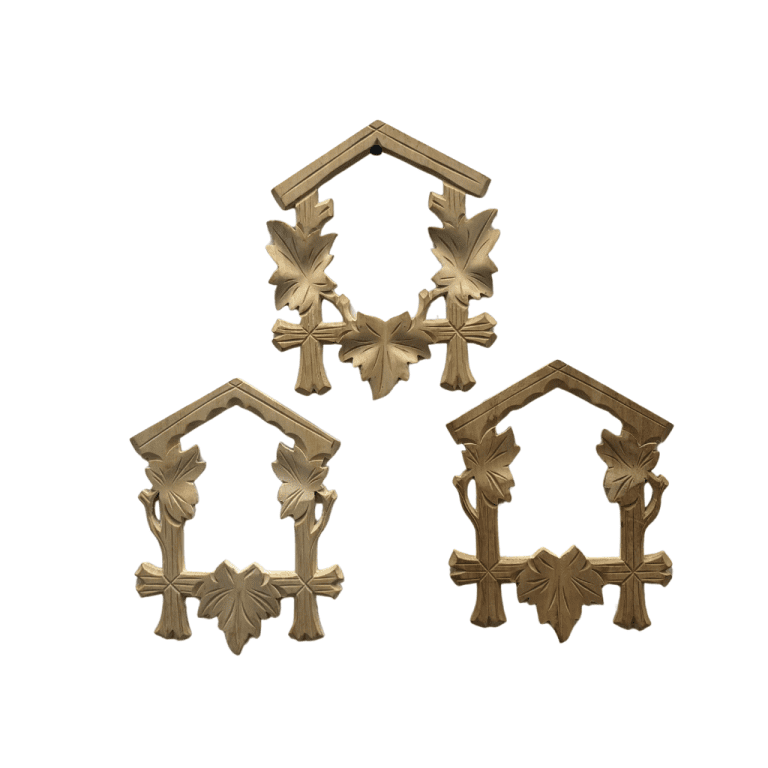Making the sea clock practical was critical to improving sea navigation.
To design and build a standardized seagoing timekeeper took decades. John Harrison’s timekeepers were ingenious but difficult to reproduce accurately and affordably. Still, they guided the work of later watchmakers, whose modifications would standardize the portable timepieces that came to be known as marine chronometers.
Marine chronometers are precise, specialized clocks for finding longitude at sea. They serve as portable time standards.
Chronometer movement, made by John Roger Arnold about 1825. Arnold received an award from the Board of Longitude, on behalf of his deceased father, John Arnold, who had simplified parts of the chronometer.
Thomas Mudge, one of the watchmakers following Harrison, designed this instrument. Like Harrison’s timepieces, Mudge’s were extremely inventive and complex. And like Harrison, he won funds from the Board of Longitude but had to struggle to receive them. His son, Thomas Mudge Jr., engaged craftsmen to make 26 copies of his father’s work for public sale. This one is number 14, made by Howells, Barraud, and Jamison, 1802.
Credited to: https://timeandnavigation.si.edu/














